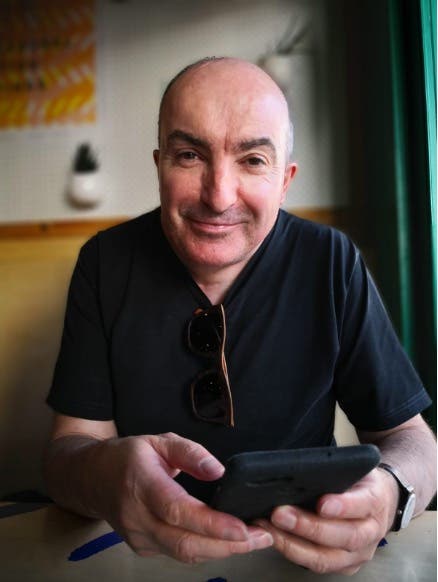Can Generative AI Augment Human Creativity?
In this second installment of our trends blog series, we see how content creators are using generative AI to unleash a new age of creativity, but one where lines get blurred about who – or what – performs a given task. Along the way, creators are posing new questions about the very nature of creativity and intellectual property ownership.
This article is extracted from The Pace of Progress – 2024 Media Trends, dentsu’s 14th annual trends report. Read on to learn about generative AI’s ability to create copy and imagery, thereby removing barriers to creation and fueling a new creator economy.
AI’s latest capabilities for content creation
The ability to create content at scale and on demand through generative AI shows how big an impact the technology can have on media and advertising. Just as the internet revolutionized content distribution, advanced AI capabilities has the potential to do the same for content creation for brands.
The AI space is already booming with contributions from companies and enthusiasts alike. For instance, the e-commerce platform Shopify recently introduced Shopify Magic, which automatically generates blog copy for online store owners with a given tone of voice.
As marketers explore these tools, companies are looking for the right balance between fostering experimentation and preventing data risks across unvetted environments. Dentsu is actively partnering with Microsoft to launch enterprise-wide access to advanced Azure OpenAI technologies, an approach that empowers employees to develop creative solutions to drive growth and efficiency from the safety of a private, enterprise-grade, secure development environment.
Instant Imagery with AI
The most headline-grabbing application of advanced AI capabilities is in art and design. Platforms such as Stable Diffusion can help anyone generate limitless combinations of imagery in any style, including ultrarealistic compositions. A prompt like “serene vacation lake house, watercolor painting” is all it takes to get started.
How are brands utilising new advanced AI capabilities?
Brands have already started testing the waters of AI-generated creation. Heinz prompted DALL·E 2 to create images of ketchup which resulted in a myriad of images of ketchup bottles all shaped like the iconic Heinz ketchup bottle. Since generative AI is trained on large datasets of existing images, this campaign cleverly illustrated the dominance of Heinz across the category.
Generative AI heralds a creative revolution for brands with execution left to technology and replaced with a focus on ideation and prompt engineering. By removing barriers to creation, generative AI democratizes it to the masses and leads to a new creator economy. Yet, this model raises new questions on how brands will stand out in a world flooded with AI-generated images.
Navigating AI and Intellectual Property
A more immediate concern expected to top the agenda in 2024 is the one of rights, as generative AI models collide with intellectual property. Artists and image libraries argue that models must have been trained on their data without permission to generate new pictures. Marketers must guard against exposing their brands to legal and reputational challenges by taking operational steps to avoid including copyright protected material when they use generative AI (e.g., prompt wording, modifying outputs, training dataset diligence).
Legislators are trying to clarify the limits of derivative work in the age of generative AI. For instance, the EU’s AI Act is heading toward transparency requirements such as disclosing content generated by AI and publishing summaries of copyrighted data used for training. It is crucial that brands continue to work closely with legal experts to understand the fast-moving regulatory patchwork.
Businesses and right holders also look for ways to reward human creativity. Adobe, which has trained its Firefly model on Adobe Stock, openly licensed content, and other public domain content, is exploring a compensation model for creators. As brands are an integral part of pop culture, it is time to reflect on whether they want to let consumers build upon their intellectual property through generative AI – and how.
What’s Next for AI and Content Creation?
Generative AI creative outputs will become more nuanced, from more detailed images to new forms of music. As models get easier to use, it will be easier for individuals and brands to explore new avenues for creative expression.
This is the second of ten trends discussed in dentsu’s The Pace of Progress – 2024 Media Trends report. Up next in our series: trend #3 – Generative optimizations.
For more on the future of advanced AI capabilities and creativity download our full dentsu 2024 Media Trends report.

